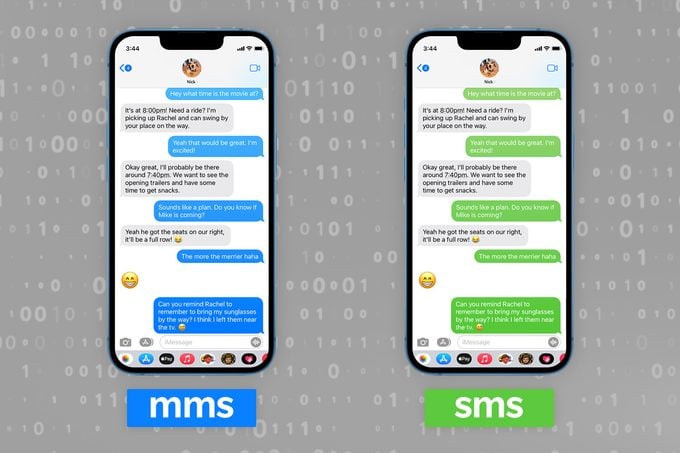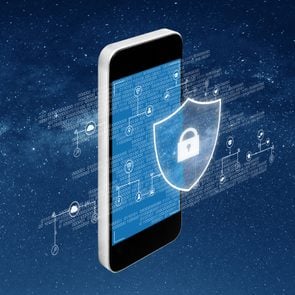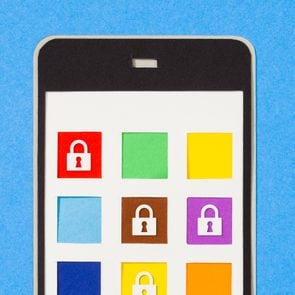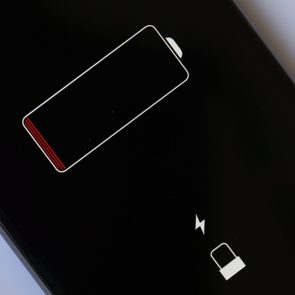What Is SMS, and How Do These Text Messages Work?
Updated: Dec. 08, 2023
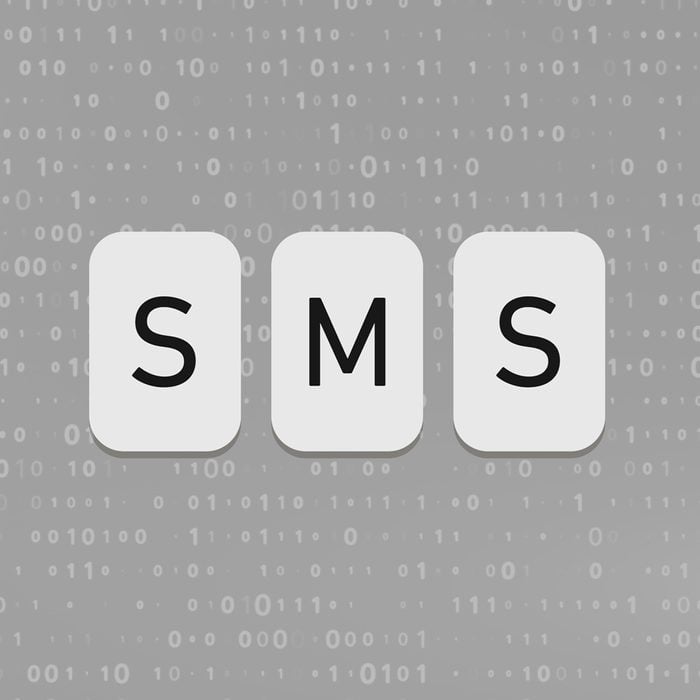
You've likely encountered SMS messages, even if you didn't know it. Here's how they work—and why scammers love them.
Trillions of text messages are sent and received via SMS-enabled devices every day, but have you ever stopped to ask, “What is SMS, exactly?” One of the oldest forms of mobile messaging, SMS messages are still among the primary ways people communicate with loved ones, receive promotions from businesses, and more.
“The average person won’t [notice or] care whether their phone sends a message as SMS,” says Thomas Reed, director of Mac and Mobile at Malwarebytes, a cybersecurity company. But there is one good reason why you should: SMS messages can leave you and your information vulnerable to scammers.
That’s where this guide comes in. We’re answering your most pressing questions: What does SMS mean? What is an SMS message? And what’s the difference between MMS vs. SMS messages? Whether you want to learn why your texts are green or how to stop spam texts, these tips can make you a savvier smartphone user. While you’re brushing up on your texting know-how, be sure to check out iPhone hacks like hiding messages on an iPhone, forwarding a text message and retrieving deleted text messages.
What is an SMS message?
SMS, which stands for short messaging service, is a form of text message that was introduced in the 1990s and is still used on most smartphones today. But what is SMS compared with texts sent via iMessage or a secure messaging app? The main difference is that SMS messages are sent and received using a cellular signal rather than an Internet connection.
Unfortunately, because these messages were created before cellular data existed, each can be no longer than 160 characters, Reed says. If an SMS message is over the limit, your phone carrier will send it in multiple 160-character parts or convert it into an MMS message.
MMS vs. SMS
Short for multimedia messaging service, MMS is a type of SMS text message that “allows for much larger messages, plus the inclusion of pictures, audio clips, or videos,” Reed says. MMS messages don’t have a character limit, allowing users to send longer texts.
The only downside? Depending on your phone carrier, MMS messages might cost an additional fee. Nevertheless, MMS messages are popular with smartphone users. Marketing research shows that MMS messages have a 15 percent higher click-through rate than SMS messages, and they’re eight times more likely to be shared on social media.
Who uses SMS?
SMS and MMS messages are the default messaging types on Android phones, while iPhones use the Internet-based iMessage system. Secure messaging apps like WhatsApp and Signal also use their own Internet-based systems rather than SMS or MMS.
That said, when iPhone users can’t connect to the Internet or when they send text messages to recipients with Android devices, their iPhones will use SMS instead. Apple users can literally see the difference between the message types on their screens: SMS messages are green, while iMessages are gray or blue.
Scammers are also more likely to use SMS or MMS messages because they are less secure, according to Reed. “Spam texts [via SMS or MMS] are unfortunately not only possible but relatively easy, not just to send but also to spoof,” he says, referencing a scam in which fraudsters disguise their phone number to make you believe they’re someone else. “You cannot trust that the number your phone says a text came from is actually the number it came from.”
Before clicking on any links in a message or sharing personal information via text, Reed recommends calling the sender directly to confirm that the message is real.
How much do SMS texts cost?
While SMS text messages are free for users with unlimited texting phone plans, mobile carriers do charge customers who don’t have unlimited texting or who send SMS messages outside of covered areas.
Most carriers charge the same rate for both SMS and MMS messages. For example, T-Mobile charges 50 cents per text, while Verizon charges 20 cents per text. AT&T users, on the other hand, must pay extra for MMS vs. SMS messages, at a rate of 20 cents per SMS message and 30 cents per MMS message.
By now, you can confidently answer your pals the next time someone wonders, “What is SMS?” It’s time to take your tech knowledge to the next level by finding out what smishing is and how you can protect yourself from it.
Sources:
- Thomas Reed, director of Mac and Mobile at Malwarebytes
- Statista: “Total number of SMS and MMS messages sent in the United States from 2005 to 2020”
- Horisen: “MMS vs. SMS marketing – which one is better?”

